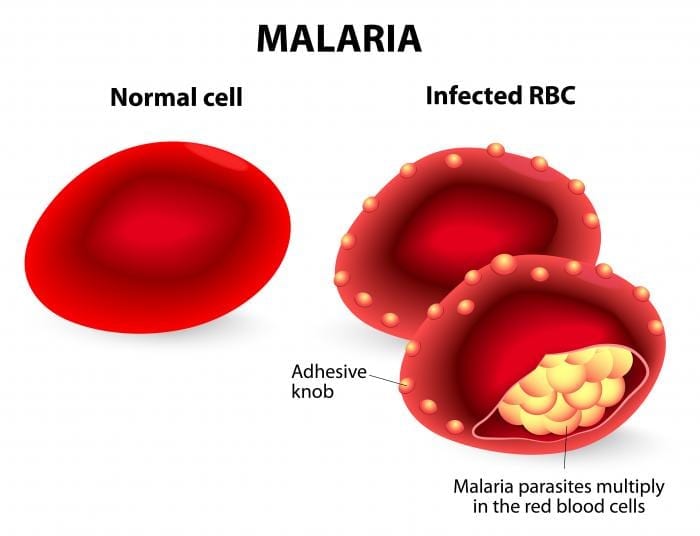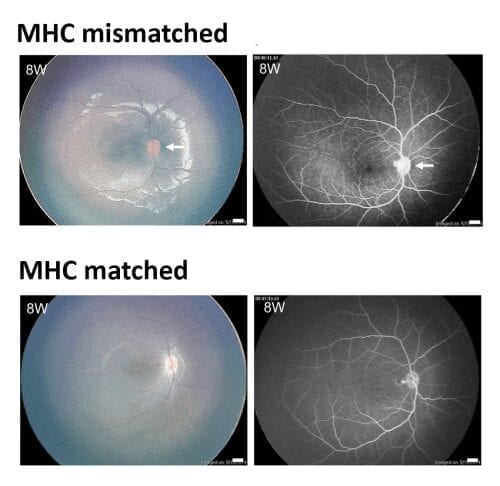
Malaria remains one of the world’s leading causes of mortality in developing countries. Last year alone, it killed more than 400,000 people, mostly young children. This week in ACS Central Science, an international consortium of researchers unveils the mechanics and findings of a unique “open science” project for malaria drug discovery that has been five years in the making.
The current gold standard antimalarial treatments are based on artemisinin, a compound developed in the 1970s in China, combined with a partner drug. Yet, resistance to artemisinin and its partners has already emerged in some parts of the world. If the resistance spreads, there are no viable replacement treatments. Given the lack of commercial incentive for industry to develop drugs for neglected diseases such as malaria, and because academic researchers often lack resources to move compounds forward, there is a clear need for new approaches. In response, Matthew Todd from the University of Sydney together with the not-for-profit research and development organization Medicines for Malaria Venture proposed an “open source” solution akin to the open source concept used in software development.
More than 50 researchers from 21 organizations in eight countries added their research to the project, which started with a large set of potential drug molecules made public by the company GlaxoSmithKline. Anyone willing to contribute — anywhere in the world — was welcome to share data and collaborate by adding comments to an electronic notebook as part of the Open Source Malaria Consortium. Some scientists designed and synthesized new generations of the antimalarial compounds; others ran assays and interpreted results. Several rounds of research were conducted, addressing water solubility and structural issues, with all the data being made public in real time. A wide array of scientists, from professors to undergraduates, participated by choice, agreeing that no one would individually seek patents to protect their contributions. The authors note that the current results, while promising, are merely the beginning of the story. They continue to welcome additional contributions, also researched openly and collaboratively.
Learn more: ‘Open science’ paves new pathway to develop malaria drugs
The Latest on: Open science
[google_news title=”” keyword=”Open science” num_posts=”10″ blurb_length=”0″ show_thumb=”left”]
via Google News
The Latest on: Open science
- Zooniverse Secures Prestigious Open Science Award from the White Houseon May 2, 2024 at 10:23 am
Read Zooniverse Secures Prestigious Open Science Award from the White House Gallery of Zooniverse project avatars. Credits: ...
- Sara Rouhi joins AIP Publishing as Director of Open Science and Publishing Innovationon April 30, 2024 at 9:37 am
AIP Publishing (AIPP) announced today that Sara Rouhi has joined the organization in the new role of Director of Open Science and Publishing Innovation. She will report to Chief Publishing Officer ...
- Open Science and Agroecology: A Conversation with Miguel Ángel Núñezon April 26, 2024 at 9:00 am
An independent researcher argues that Venezuela is undergoing an agroecological transition and explains its importance.
- Empowering Global Climate Efforts: NASA’s Integration of AI and Open Scienceon April 20, 2024 at 6:12 am
To construct an expansive foundation model, we acknowledged the necessity for collaboration beyond a singular entity,” Maskey stated. “Our endeavors surrounding foundation models have been accessible ...
- The power of open science: Frontiers’ collaborative approach to addressing climate changeon April 17, 2024 at 5:00 pm
The COVID-19 pandemic demonstrated the power of open science to solve a global issue. In the US, the White House, along with a coalition of research organizations, launched the COVID-19 Open ...
- Open principles reaffirm Digital Science’s commitment to open researchon April 16, 2024 at 12:05 pm
Digital Science has today launched its Open Principles, a new initiative that commits its research information solutions to open science now and into the future. The Principles are the first step ...
- Open Scienceon April 4, 2024 at 6:41 am
The University of Münster is committed to the principles of open science. Research transparency and reliability are essential criteria for good scientific practice and a basic prerequisite for the ...
- Open science resources for Parkinson’s researchon June 1, 2023 at 3:51 pm
MJFF has so far invested more than US$1.75 billion into global research and open science practices. The organisation provides scientists with resources: funding, data, bio-samples, laboratory ...
- About ESA Open Scienceon May 9, 2023 at 8:10 am
Open science is the idea that the products and the process of science should be freely accessible (i.e. open) to everyone. This includes things like open educational materials, open access ...
via Bing News










